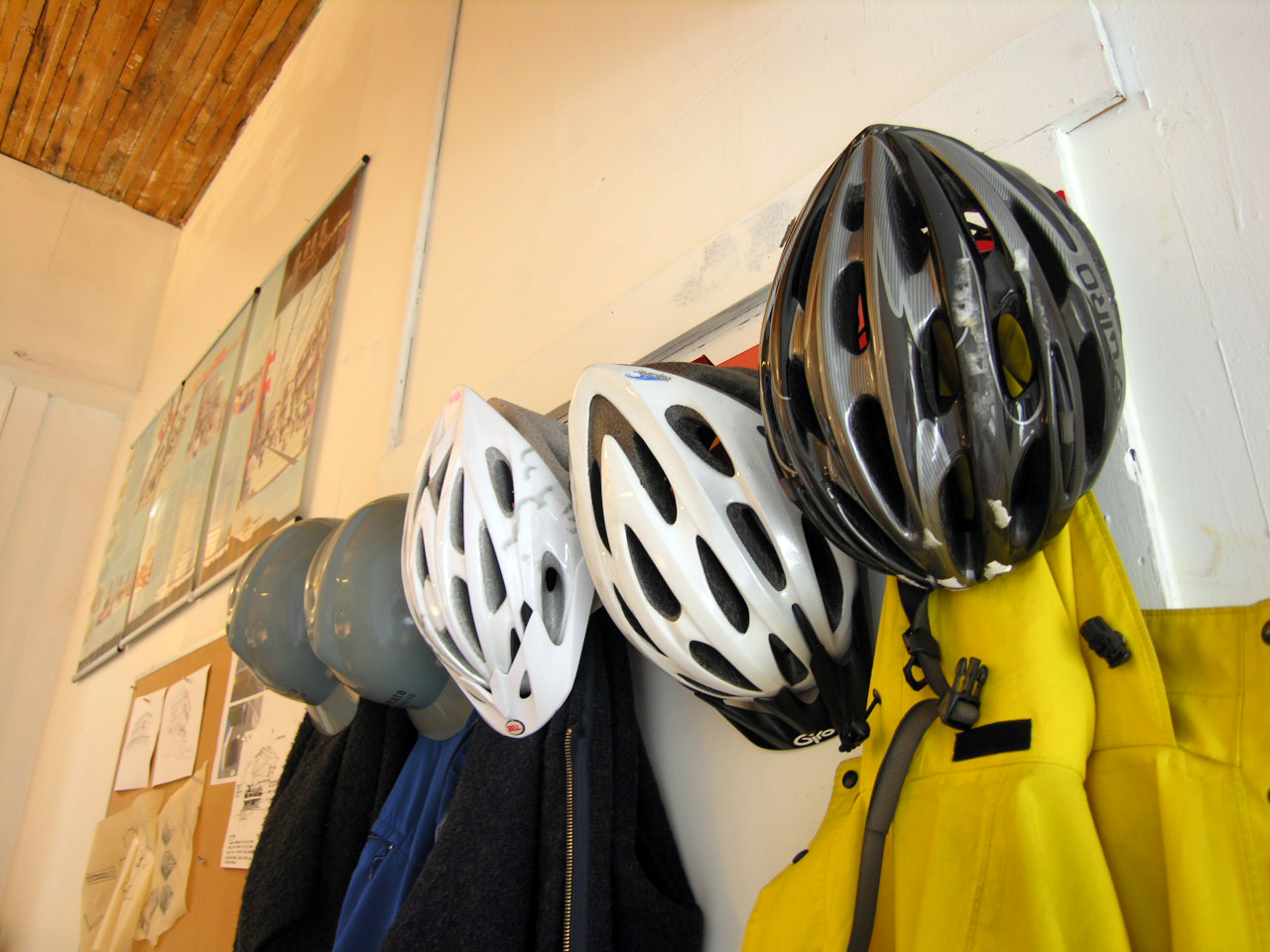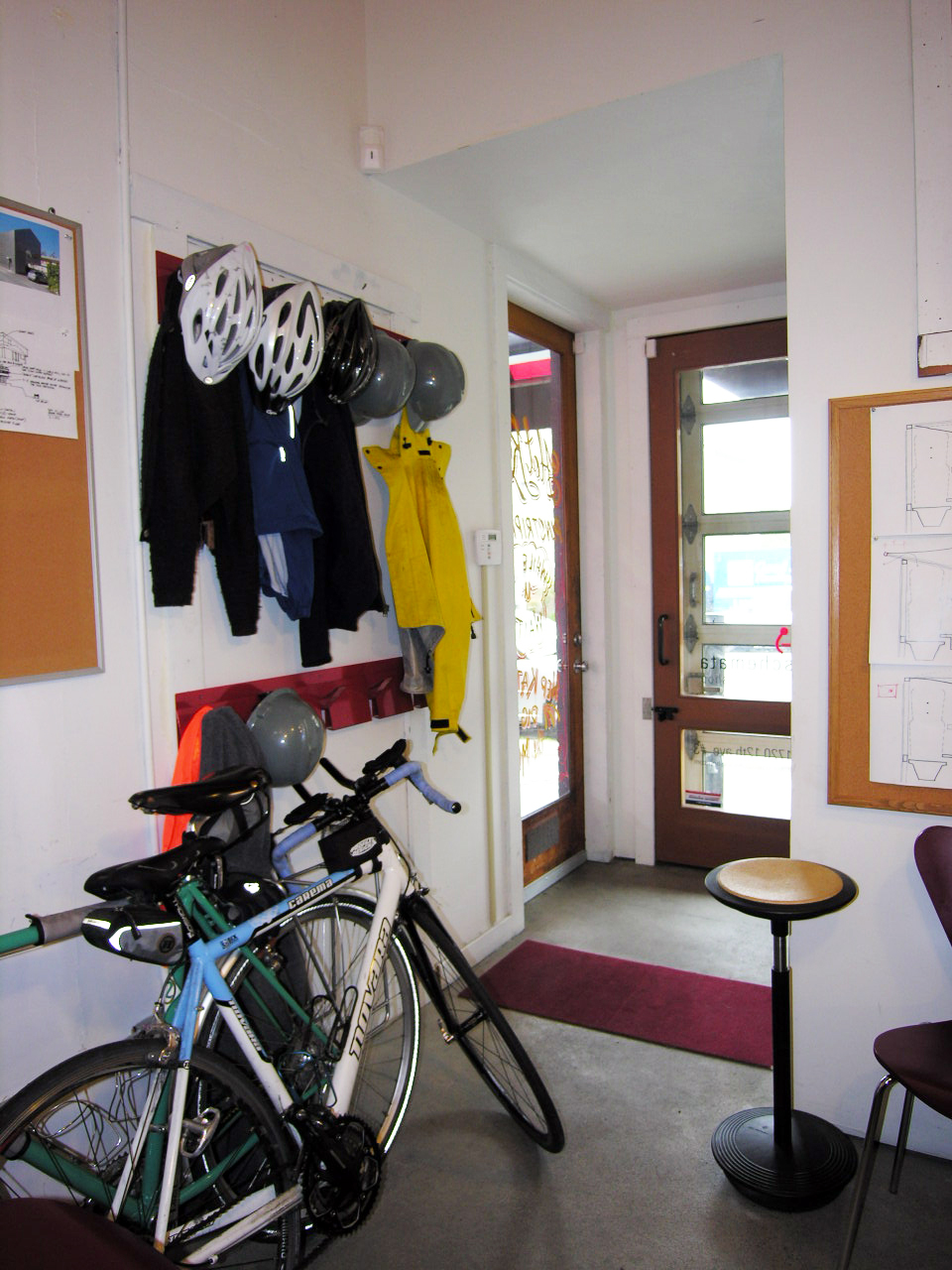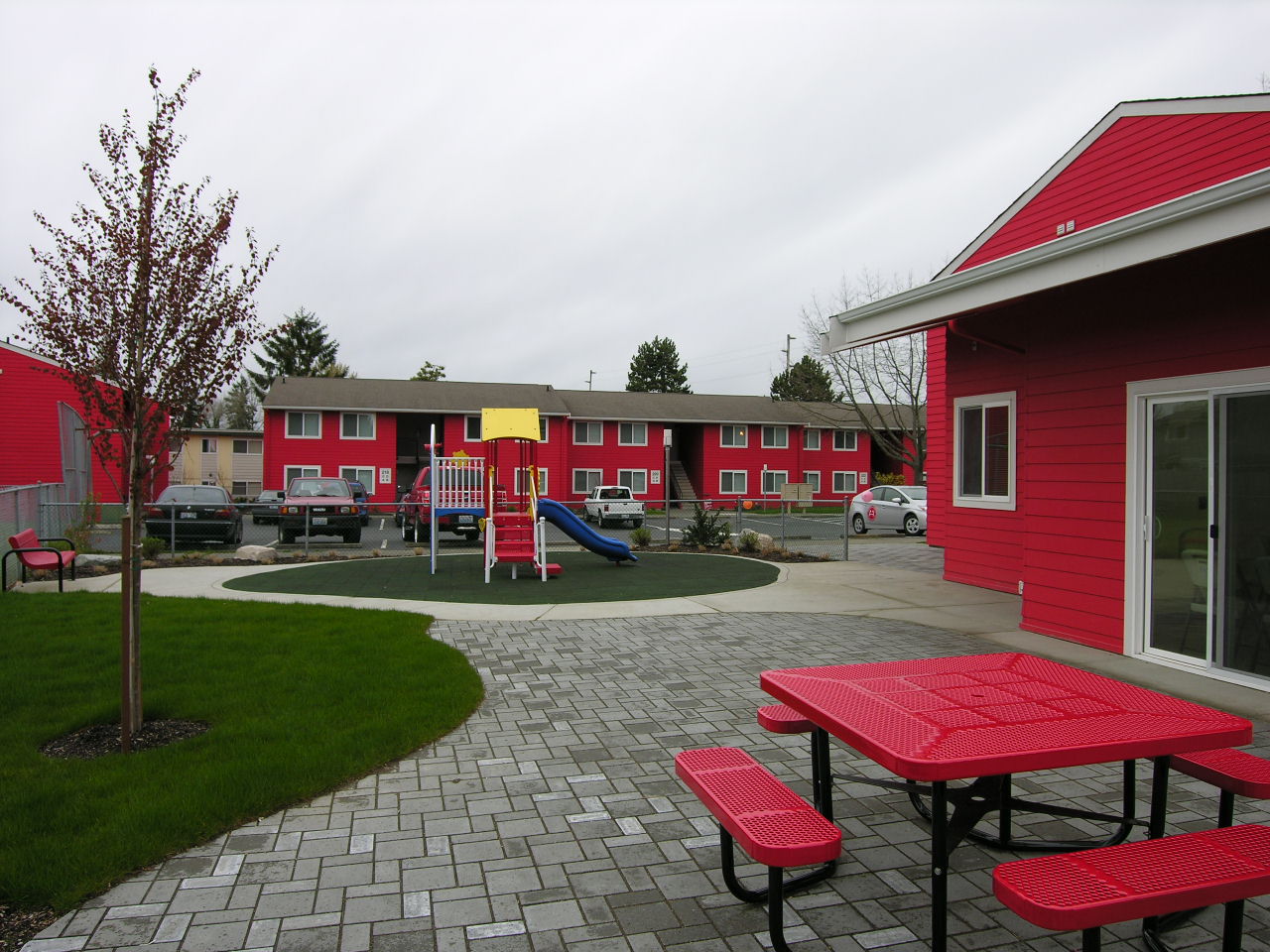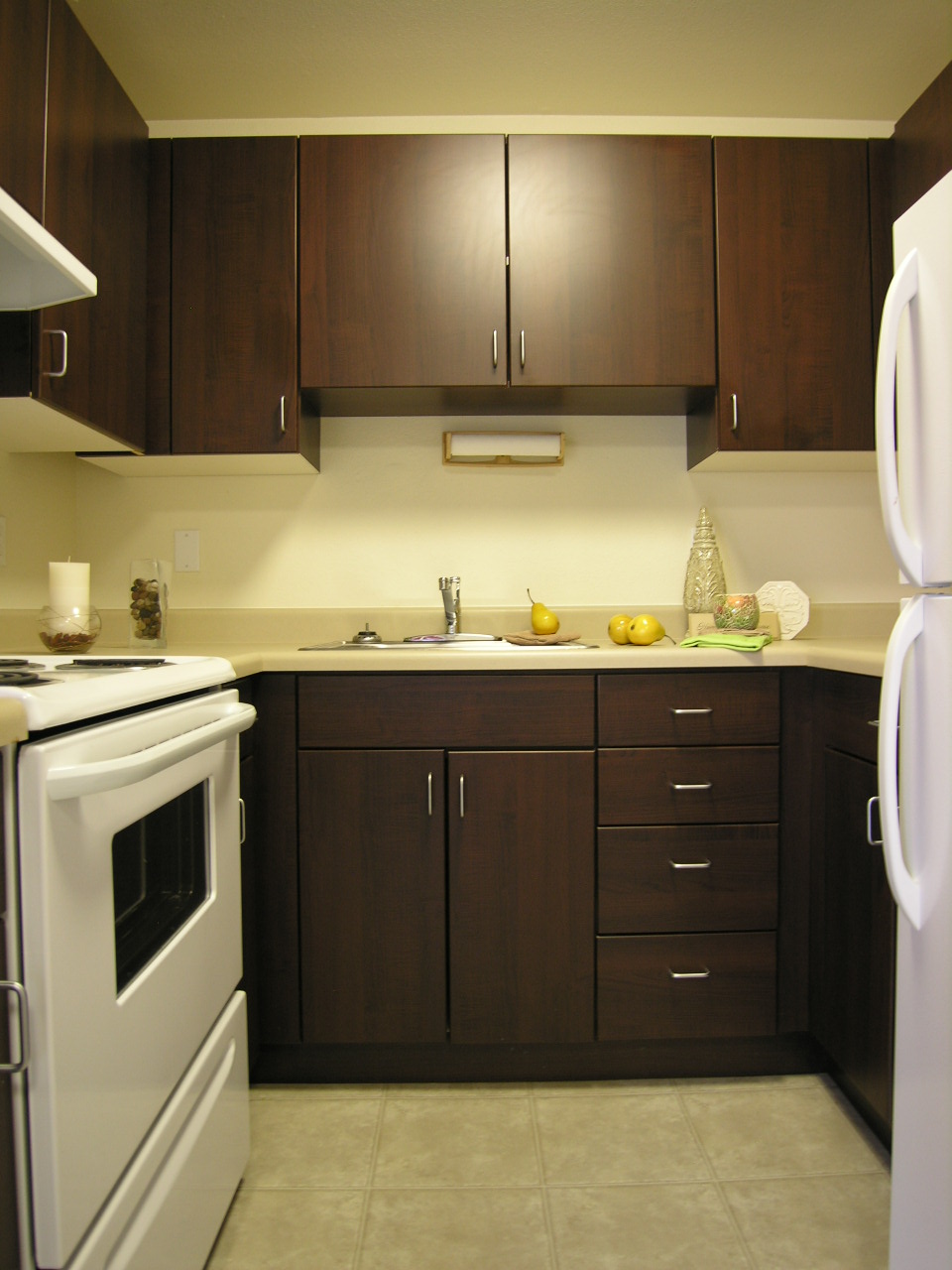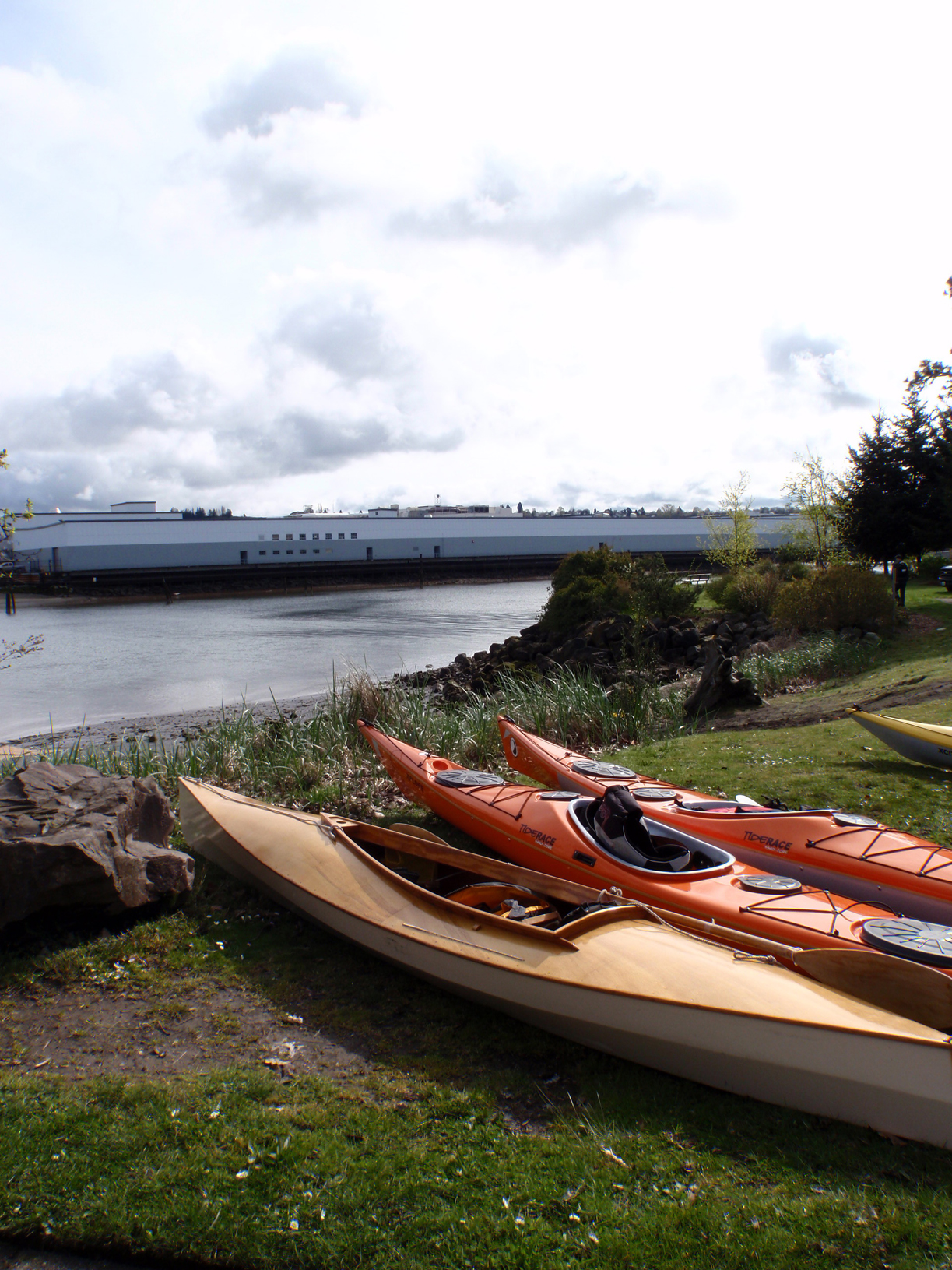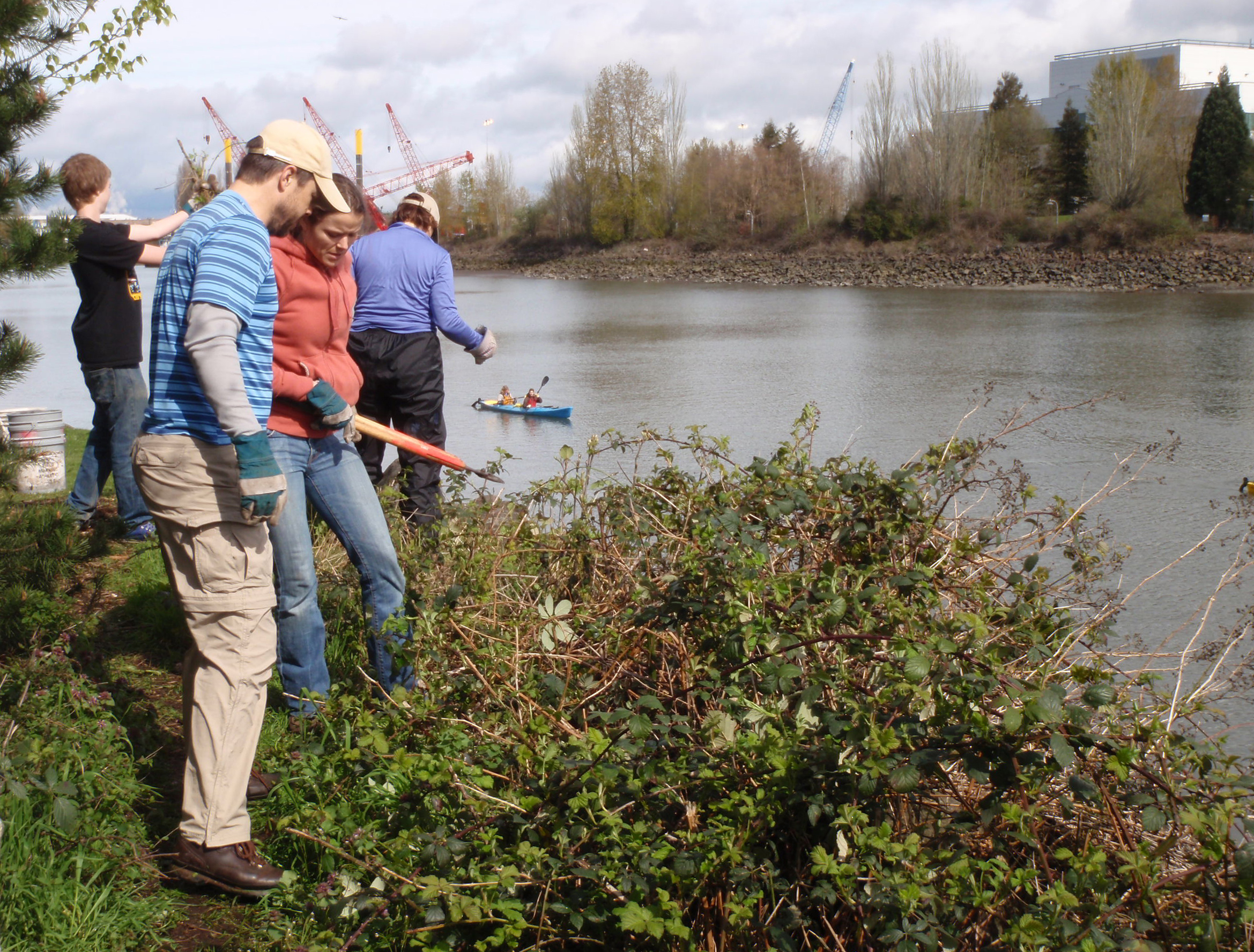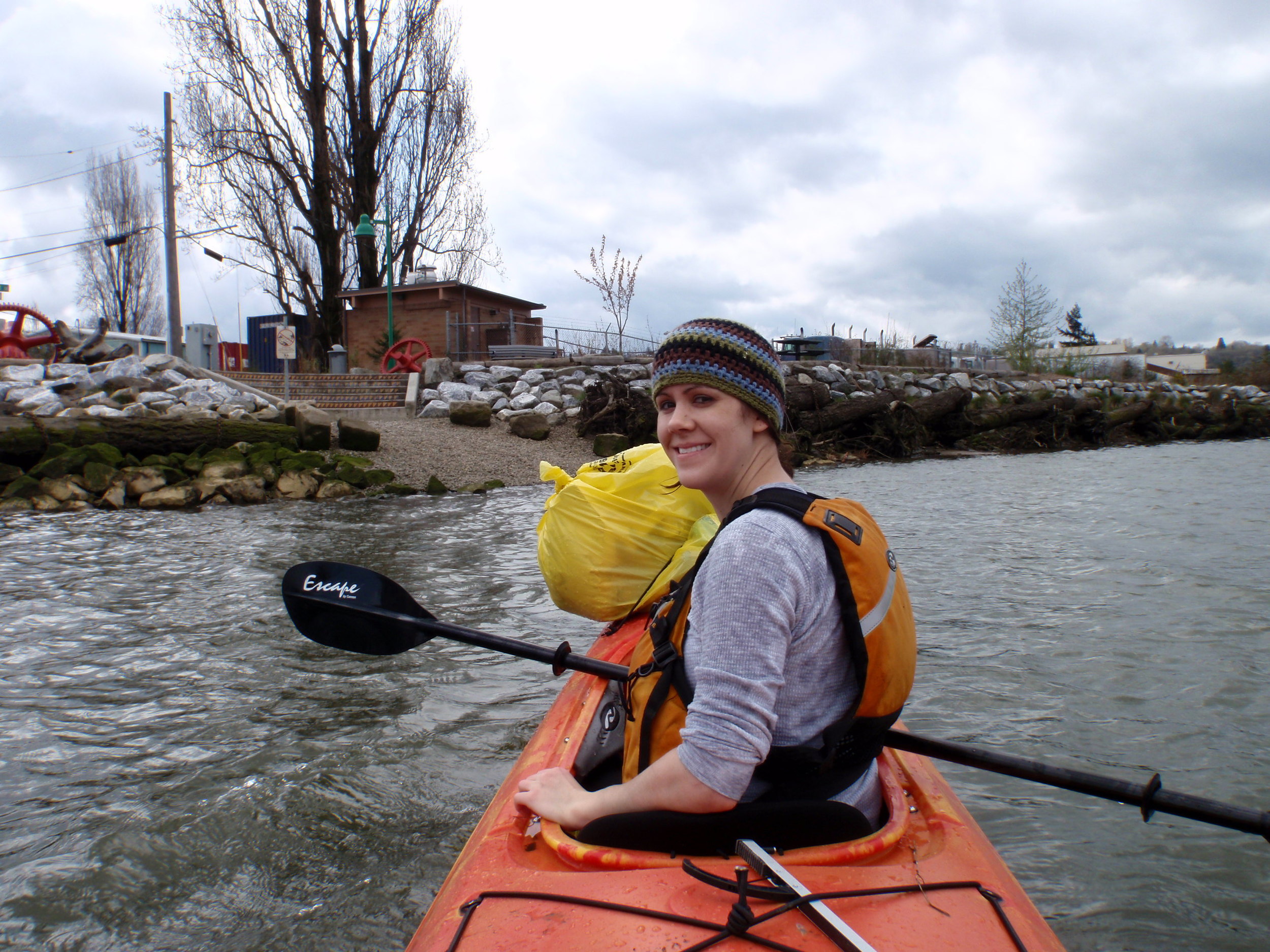[caption id="attachment_1774" align="aligncenter" width="700" caption="Bike lane outside Schemata Workshop on 12th Avenue."]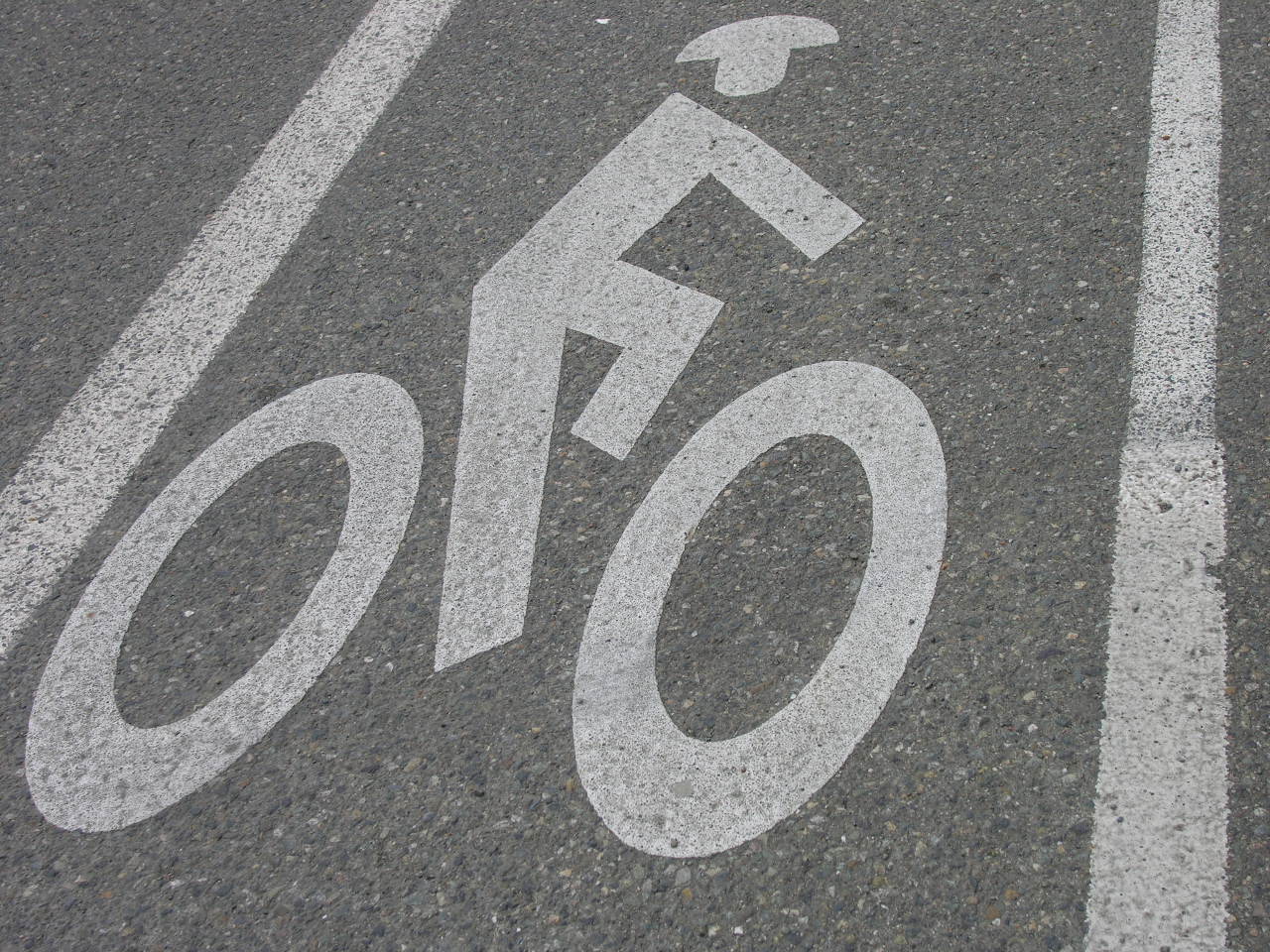 [/caption]
Much like Katherine I decided that May, official Bike to Work month, was a great opportunity to recommit to biking to work. I was a fairly regular bike commuter five years ago when I worked downtown and lived in Greenwood but since then I’ve either worked close enough to walk to work or was on the road traveling for work. The biggest difference I notice about biking now versus five years ago is all the new bike lanes, green bike lanes at intersections and sharrows (shared-lane markings) painted on the city streets. These white stenciled bikes painted on the streets definitely make me feel like a more ligitimate user of the roadways. As a biker I’m always hyper-aware of the dangers present when on the road. Simple things can lead to dangerous accidents when you are on your bike such as a car door opening while passing parked cars, a car turning right across my path without noticing me, a car pulling out of a hidden driveway, the unaware driver at the four way stop who hasn’t noticed me, a newly formed pothole waiting to devour my bike, and the list goes one. There are some drivers out there that get frustrated sharing the roadway with bikes but thankfully I have personally found those few and far between. The more common problems I’ve encountered with cars are that we bikers are just not super visible. The good news is the image of my bike painted on the street seems to go a long way to remind my fellow car-driving road users that I and other bikers are also using the road. Seattle bike system may not be perfect and we have some ways to go before I would truly call us a bike friendly city but I am one biker that is happy with the direction we are headed.
[/caption]
Much like Katherine I decided that May, official Bike to Work month, was a great opportunity to recommit to biking to work. I was a fairly regular bike commuter five years ago when I worked downtown and lived in Greenwood but since then I’ve either worked close enough to walk to work or was on the road traveling for work. The biggest difference I notice about biking now versus five years ago is all the new bike lanes, green bike lanes at intersections and sharrows (shared-lane markings) painted on the city streets. These white stenciled bikes painted on the streets definitely make me feel like a more ligitimate user of the roadways. As a biker I’m always hyper-aware of the dangers present when on the road. Simple things can lead to dangerous accidents when you are on your bike such as a car door opening while passing parked cars, a car turning right across my path without noticing me, a car pulling out of a hidden driveway, the unaware driver at the four way stop who hasn’t noticed me, a newly formed pothole waiting to devour my bike, and the list goes one. There are some drivers out there that get frustrated sharing the roadway with bikes but thankfully I have personally found those few and far between. The more common problems I’ve encountered with cars are that we bikers are just not super visible. The good news is the image of my bike painted on the street seems to go a long way to remind my fellow car-driving road users that I and other bikers are also using the road. Seattle bike system may not be perfect and we have some ways to go before I would truly call us a bike friendly city but I am one biker that is happy with the direction we are headed.
On one of my evening rides home this month I decided to take a detour through downtown and head home along Dexter. It was fun to see the new road improvements currently underway that will create more buffered space between cars and bikes. Later when I was looking up information about the construction I was surprised to learn that Dexter is one of the highest used bike lanes in Seattle but currently does not actually meet SDOT bike lane guidelines. This is soon to be changed! The upgrade to Dexter will provide a substantial buffer between cars and bikes. Most studies show buffers decrease serious bike-car accidents. Dexter was originally slated for a Cycle Track, a two way bike lane separated from car traffic, but there was debate on how much added safety (if any) these Cycle Tracks provide and if they were a actually a good fit for Dexter given the uses and layout of the street. After community feedback the Dexter design was ultimately changed to provide buffer space between cars and bikes but not a Cycle Track. That said SDOT has other Cycle Tracks proposed throughout the city. Community groups and SDOT are currently working to develop Cycle Tracks in a way that both increases bike ridership while providing added safety.
[caption id="attachment_1775" align="aligncenter" width="600" caption="Dexter road improvements currently underway will add buffered bike lanes."] [/caption]
[/caption]
Dexter and the proposed Cycle Tracks are not part of my daily Greenwood to Capitol Hill commute but I’m still very excited for these projects. New bicycle road improvements encourage more car commuters to become bike commuters. More bike commuters increase bike awareness for drivers and bikers alike. More awareness leads to better and more creative solutions that keep bike commuters safer. Safer bike commuters lead to more bike commuters…. It’s a feedback loop that will continue to lead us towards a more bike friendly Seattle. And this ultimately leads to a more environmentally friendly way to get all of us to work!

